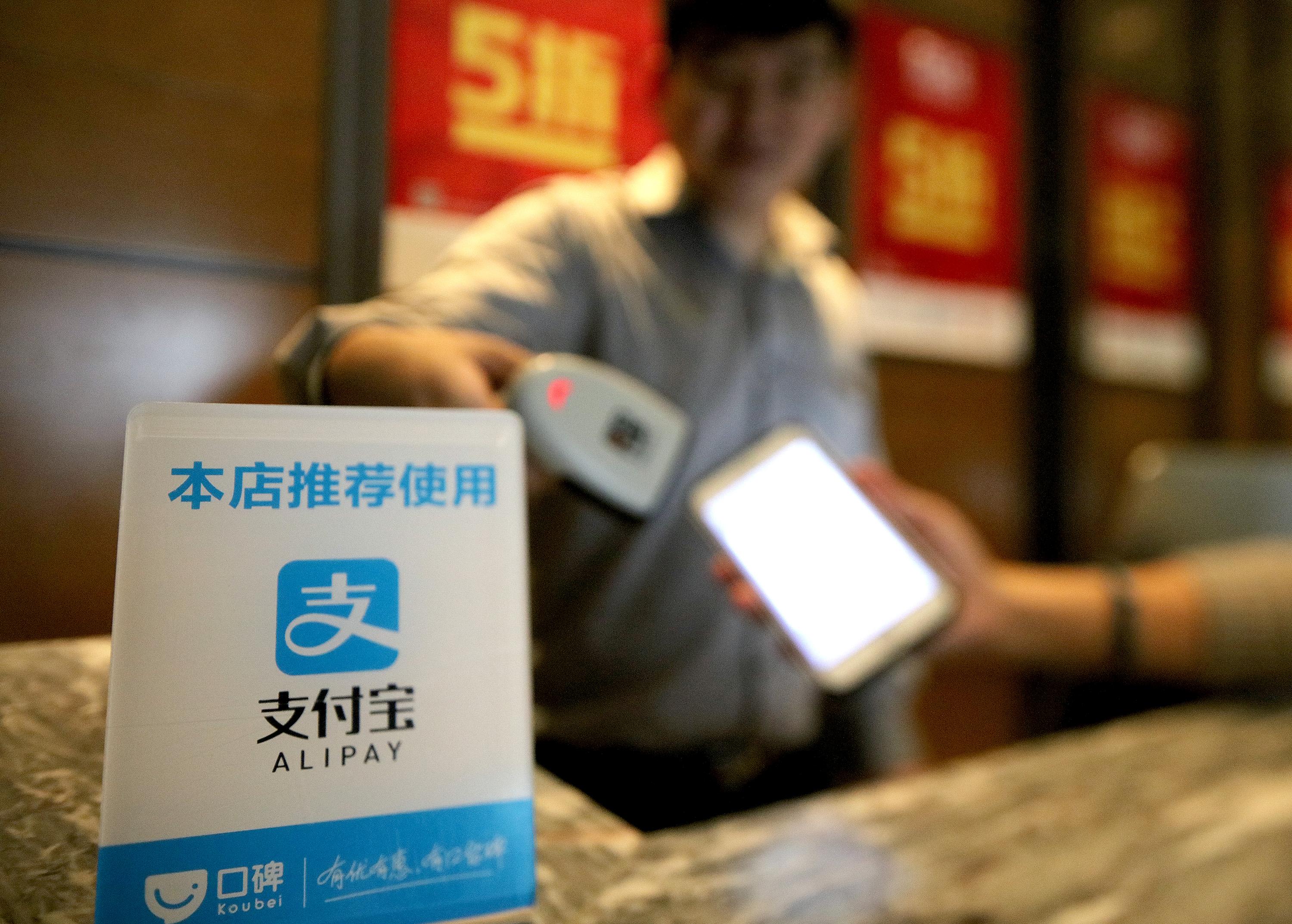
This story was originally published on Forbes.com.
I was in a taxi in Singapore last week and I couldn’t help but notice the sticker affixed to the back of the driver’s seat. In English and Chinese it read, “We accept Alipay.”
It was a reminder thate-commerce in China is no longer just about how great brands break into the Chinese market. It’s also about an important slice of China’s economy coming to you.
If you are a brand manager or a retailer, you’re increasingly likely to find yourself grappling with the impact of Chinese e-commerce companies in your home market. That’s for two reasons: China’s leadership in electronic payments and the continued rise in Chinese tourism. The upshot of this is that Chinese consumers are an increasingly important factor in markets around the world.
On the electronic payment front, there are some strong reasons to embrace the electronic payment systems Chinese consumers are already using. In China, the traditional wallet has been replaced by an electronic wallet on a smartphone. It’s common to make all of your payments for daily needs through that smartphone, using one of two main electronic payment providers: WeChat Pay or Alipay. WeChat Pay is part of the WeChat messaging family, owned by Tencent, and Alipay is affiliated with Alibaba.
It’s not just ease of use. These two tech behemoths have the reach and customer base to push their payment systems beyond their original e-commerce mission. Noodle shops will take electronic payments, and even street musicians have QR codes for donations. Whether you are paying your electricity bill or seeing a doctor, your mobile phone can handle the payment.
As a result, China is today the most cash-free of any of the world’s major economies – and that trend will continue. Already, the numbers are staggering. According to a survey by Ipsos and Tencent, 14% of Chinese people do not carryanycash, while 26% hold less than RMB100 (less than $16) in their wallets, day to day.
By contrast, in 2016 China’s mobile paymentshit $5.5 trillion, almost 50 times the size of America’s $112 billion market, according to consulting firm iResearch.
This reliance on electronic payments means that the Chinese tourist now has an instant payment mechanism and backing infrastructure that works, regardless of country or currency. Chinese consumers have leapfrogged credit cards and have a faster, easier tool on their smartphones.
And then there is the boom in Chinese tourism that is underpinning the overseas expansion of these cashless payment systems. The number of Chinese tourists going abroad has increased every single year for approximately 20 years. Outbound Chinese tourists numbered 122 million last year and spent around $110 billion overseas, according to the Chinese Tourism Academy.
Indeed, as Chinese tourists tend to be better-educated and more affluent than the general population, they enjoy a greater familiarity with foreign brands and exhibit a greater appetite for brand experimentation. As long as you are in Paris, you might as well try a new cosmetics brand or wine label.
Now, merchants and brands around the world have a cost-effective way to start testing their appeal to Chinese consumers. No new equipment or capital expenditure necessary, just allow the consumer to scan your QR code.
Alipay has already signed global agreements with Marriott and Uber. Alipay will be rolling out a partnership with Yelp in NY, Los Angeles, Las Vegas and San Francisco. WeChat Pay has also signed a Las Vegas deal, with Caesars. Among other things, that’s going to mean a lot of trips to the Bacchanal Buffet.
What does this mean for international brands? In a word: opportunity. Every brand or retailer has a chance to put at least a toe in the water of the profitable and growing Chinese tourist market. They’ll need to take three steps to get the process underway:
- Register for Alipay and Wechat Pay so your site, wherever it’s located, can accept payments from Chinese tourists.
- Develop a Chinese-language translation of your web site, at least the home page. Yes, there’s a bit of an expense involved, but the upside potential is worth it.
- Test a six-month digital ad campaign in China. Again, this will cost you something. How much depends on the breadth of the campaign, but nothing ventured, nothing gained. You need to let outbound tourists know before they leave that they can come to you and pay conveniently.
You’ll know pretty quickly and directly how you’re doing by the digital equivalent of your register rings. Oh, and one other thing: You used to ask your customers at checkout, “cash or credit?” Now, you may want to stand in front of the mirror and practice asking, “Alipay or WeChat?”
Frank Lavin is the CEO ofExport Now, the leading operator of China e-commerce stores for international brands. He previously worked on China issues in government, finance, and communications.




